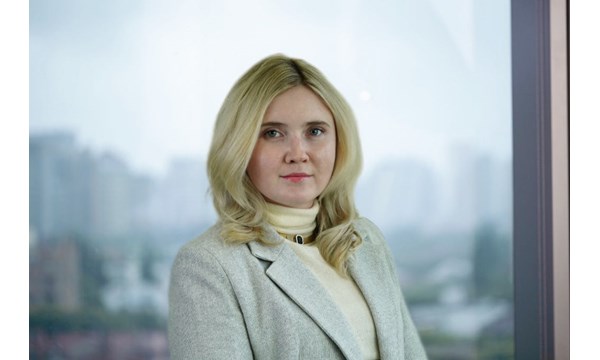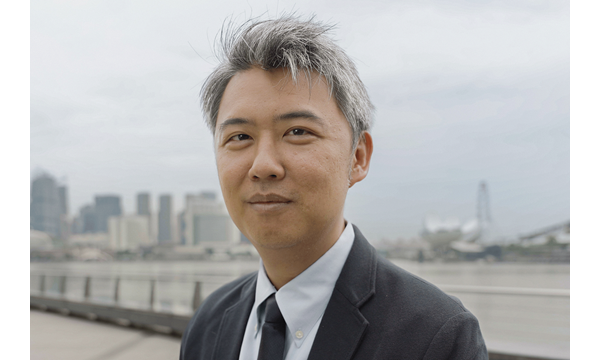Increased competition and rising material costs are driving overcapacity in Asia Pacific’s solar supply chain
Amidst increasing global solar capacity, new industry players, transitions in cell technology, and the rising cost of polysilicon are behind supply chain challenges in APAC
4 minute read
Yana Hryshko
Managing Consultant and Head of Global Solar Supply Chain Research

Yana Hryshko
Managing Consultant and Head of Global Solar Supply Chain Research
Latest articles by Yana
View Yana Hryshko's full profileRobert Liew
Director, APAC Power and Renewables Research

Robert Liew
Director, APAC Power and Renewables Research
Market specialist with over 15 years of power and renewables research experience.
Latest articles by Robert
-
Opinion
Increased competition and rising material costs are driving overcapacity in Asia Pacific’s solar supply chain
-
Opinion
Australia’s energy revolution: the promise of battery storage and hydrogen
-
Opinion
Can wind power become truly carbon neutral?
Our recent webinar, entitled ‘How the Success of Solar in APAC is Impacted by Supply Chain Challenges’, explores the factors driving oversupply in Asia Pacific. Drawing on proprietary data, insights from research analysts, and deep industry links, we look to understand the solar industry in greater detail and reveal insights about its future.
Fill in the form on the right of the page to watch a video replay of the webinar and to access the full slide deck presentation. Or, read on for an overview of the challenges and opportunities in Asia Pacific’s solar market.
China alone will comprise 54% of global solar outlook from 2024-2033.
From 2023 to 2033, the global solar fleet is expected to quadruple from 1.6 terawatts direct current (TWdc) to 6.3 TWdc, driven largely by installations in China.
The country’s new capacity will reach 2,558 GWdc gigawatts direct current (GWdc) by 2033, while Asia Pacific (excluding China) will reach 506 GWdc with an average annual growth rate (AAGR) of 6%.
In 2023, China’s new added annual solar PV installations increased by 152% and will continue to add on average 252 GWdc per year over the next decade. Total APAC (Asia Pacific) annual added solar installations will average 302 GWdc from 2024-2033, bringing 3,025 GWdc of new capacity online.
Large capacity expansions announced despite rising financial pressures
Despite oversupply, Chinese manufacturers are planning large capacity expansions. China will continue to lead solar production capacity and installations with 2,132 GW expected by 2026. India will follow behind, with the second largest operating module capacity in the world.
Previously high margins attracted a lot of new players to the solar industry. However, their survival is dependent on how they will fare amongst fierce competition from industry veterans.
A high amount of capacity has been announced due to cell technology transitions to tunnel oxide passivated contact (TOPCon) and heterojunction solar cells (HJT). Whereas legacy passivated emitter and rear contact (PERC) lines will be upgraded or retired.
At the same time, not all the announced capacity will come online, due to the financial pressures experienced by manufacturers and market share losses. Since 2023, a total of 88 companies have announced expansion plans, of which 13 have been terminated or postponed due to intense competition involving more than 180 GW wafer, cell, and module capacity.
In the EU, REC Silicon (polysilicon), Norsun, Norwegian Crystals (wafer) and Meyer Burger (module) closed their factories due to the big price gap between locally-made products and products from China. Similarly, announced US manufacturing facilities are starting to be cancelled, beginning with CubicPV's proposed 10 GW wafer factory.
The rising cost of raw materials saw module prices soar by 47% in 2021
In recent years, buyers have lost much of their bargaining power in what has become a tight market. One of the principal factors affecting module price growth is the rising cost of polysilicon, which increased by 284% at its peak in 2022.
Module free on board (FOB) prices in China increased by 47% from 0.17 US$/W, to 0.25 US$/W in 2021. In turn, manufacturers experienced high profit margins for polysilicon, which helped attract investment.
However, many buyers were breached in large numbers as some suppliers preferred to pay liquidated damages than deliver at the contract price. Buyers were not able to renegotiate prices and had to reduce their own profit margins or lose the profit.
Vertically integrated manufacturers will have a cost advantage
With the large-scale expansion of solar production, the relationship between supply and demand has been reversed.
Polysilicon prices decreased by 77% from 2022 to the first quarter (Q1) of 2024. Whereas global module production capacity increased by 44% from 2022 to Q1 2024.
Module FOB prices in China dropped by 29% from 0.26 US$/W in 2022 to 0.13 US$/W in Q1 2024. Consequently, module-only manufacturers have already reached almost 0 profit level in Q3 2023, while vertically integrated manufacturers can still cut prices to gain market share.
Some module-only manufacturers will inevitably be forced to take orders at a loss, reduce capacity utilisation, or even stop operations. Meanwhile, buyers are placing multiple new orders with lower prices to take advantage of the sudden price decreases
In the solar supply chain, vertically integrated manufacturers have a significant cost advantage. The more integrated manufacturers are, the more cost competitive they become compared to non-integrated counterparts.
Learn more
To watch a video replay of the webinar, and to gain full access to the slide deck presentation, fill out the form at the top of the page.

